what is mixed reality?
reality
reality-virtuality continuum
physical reality
natural world
senses: visual, auditory, touch, taste, smell
can still be artificial
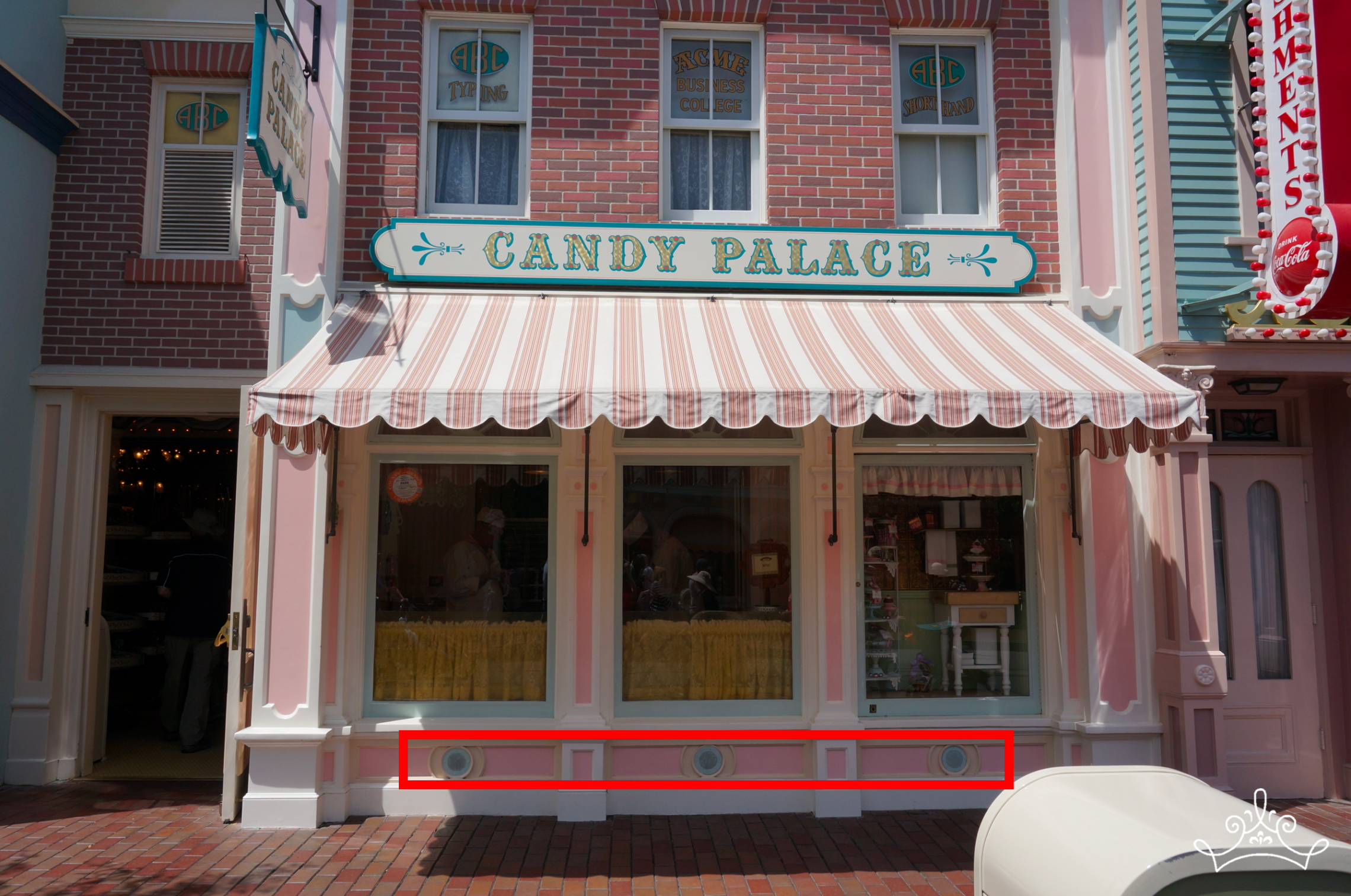
virtual reality
fully digital environment
headsets
visual focus, auditory, minimal touch
augmented virtuality
bring physical into virtual
still mostly virtual
augmented reality
mostly physical environment augmented with virtual parts
beyond visual senses
translate physical into digital
audio
motion
haptics
taste
smell
audio
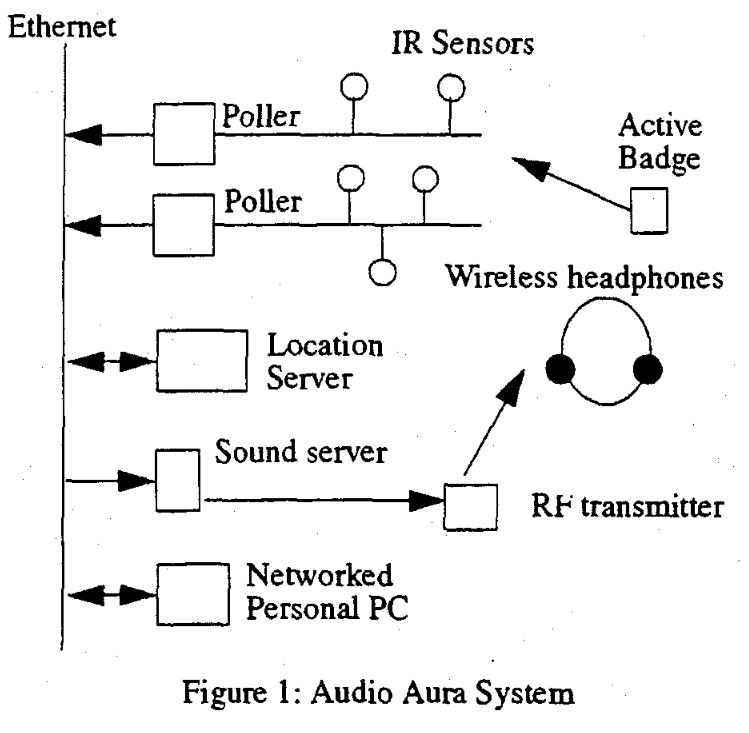
motion
augment physical motion in digital way
aligning physical and virtual realities
haptics
tangible user interfaces
vibrotactile feedback
passive haptics
taste
simulate experiences of eating and tasting
virtual food texture
smell
authentic smell diffusion
augment movies

cilia developer kit
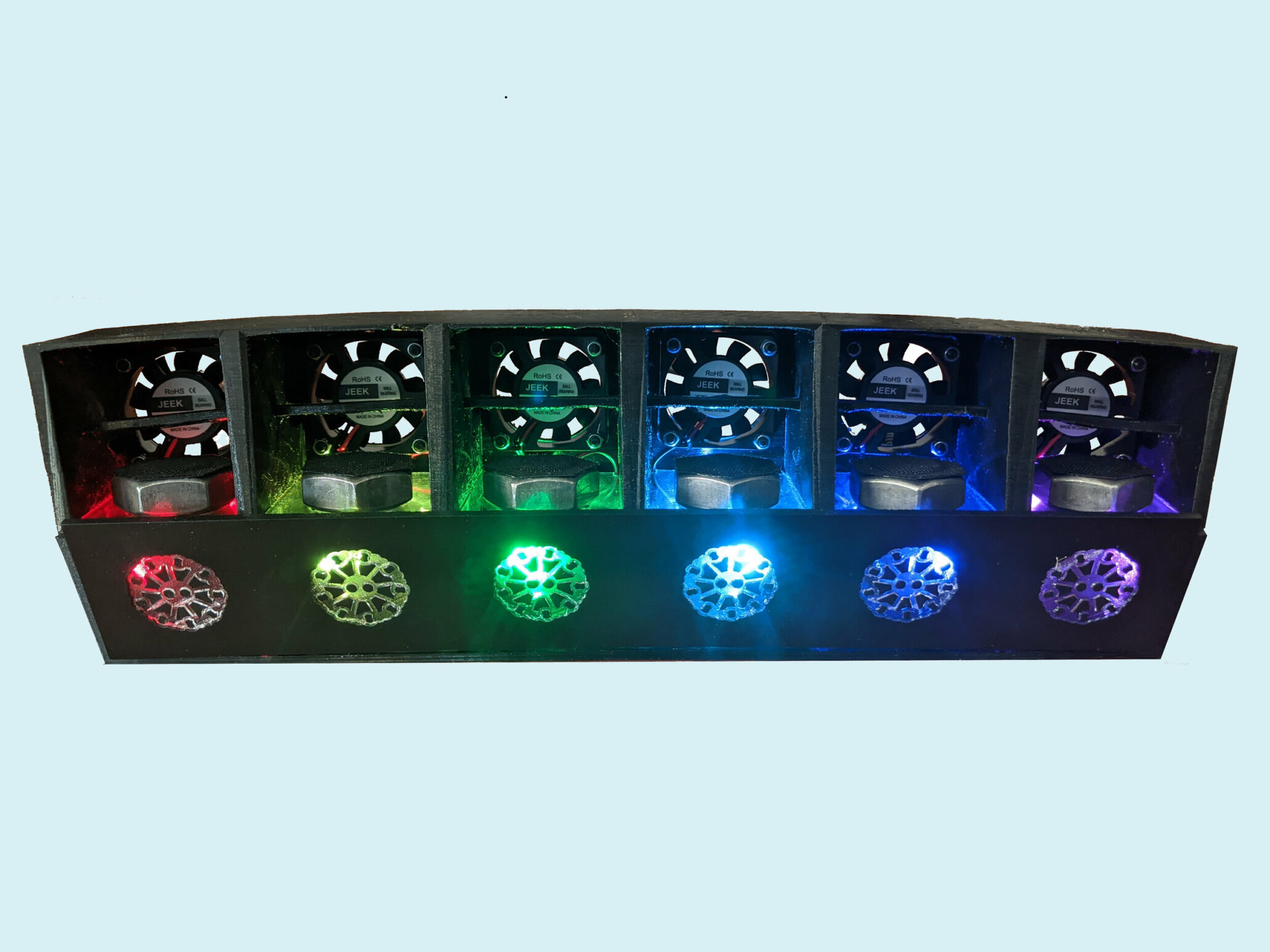
experts: what is AR?
merging 3D graphics with real world
spatial registration in the physical environment
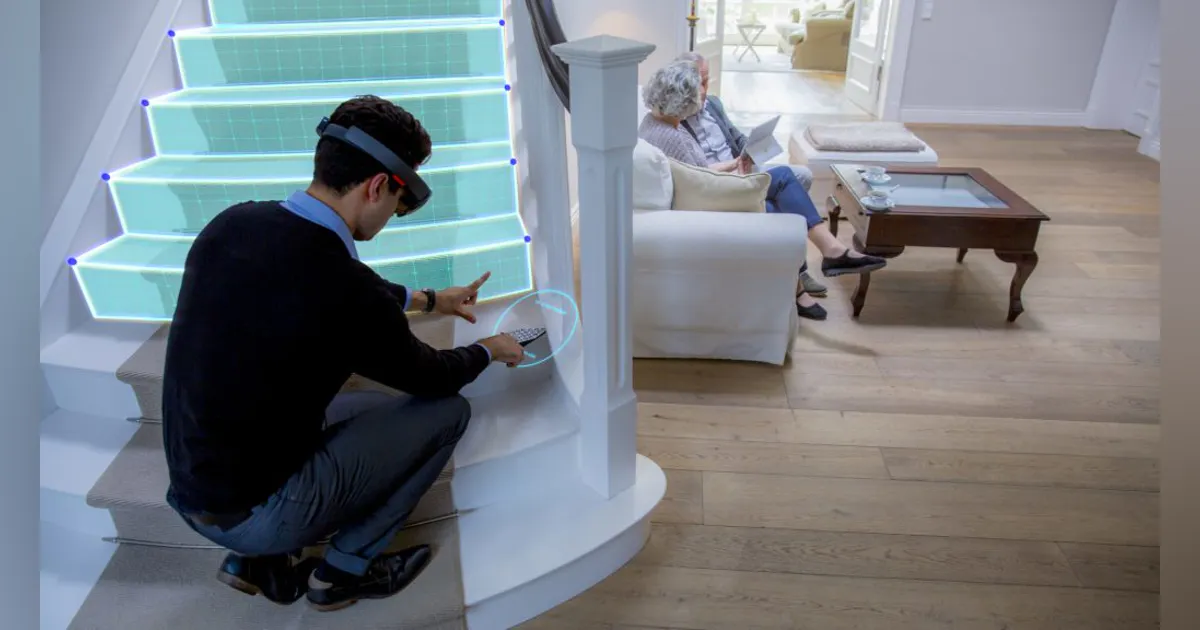
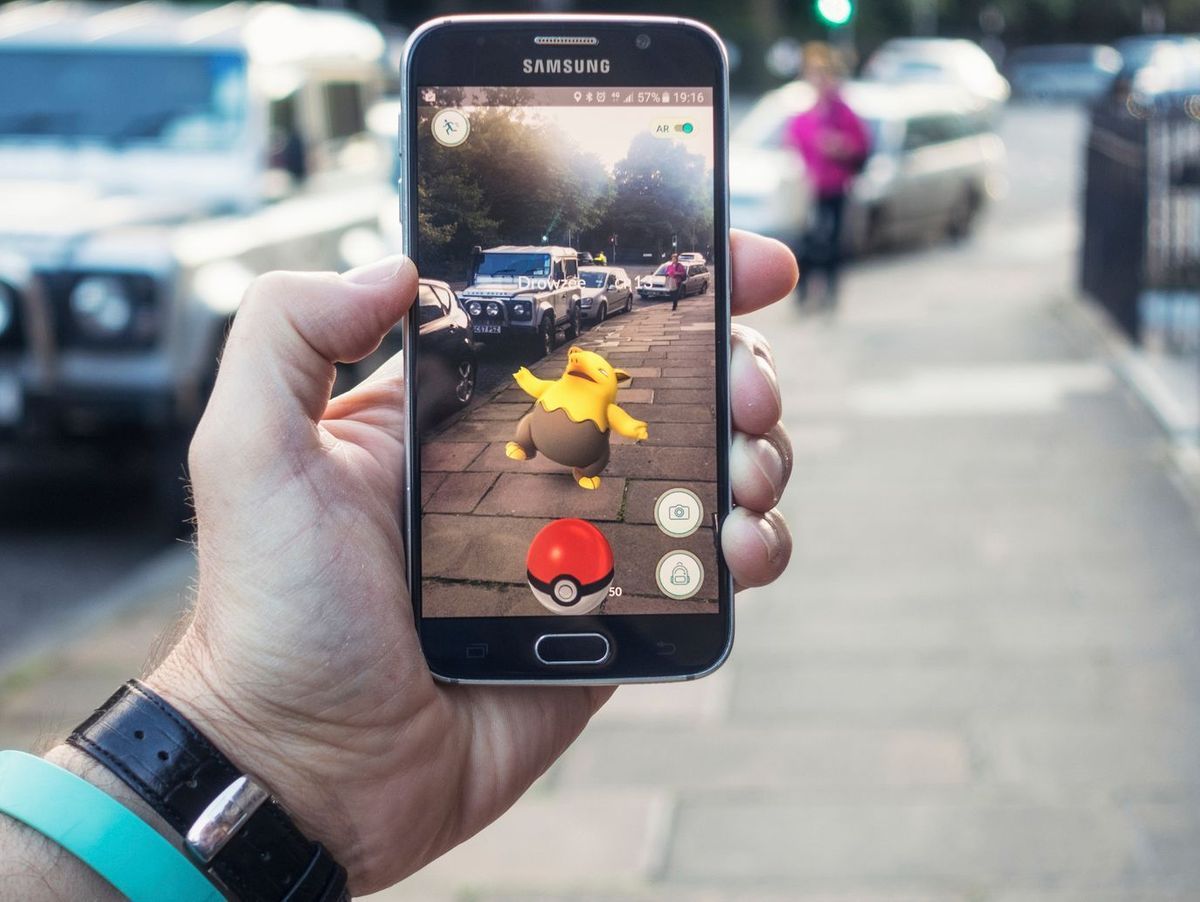
combining human, digital, and physical
user in control
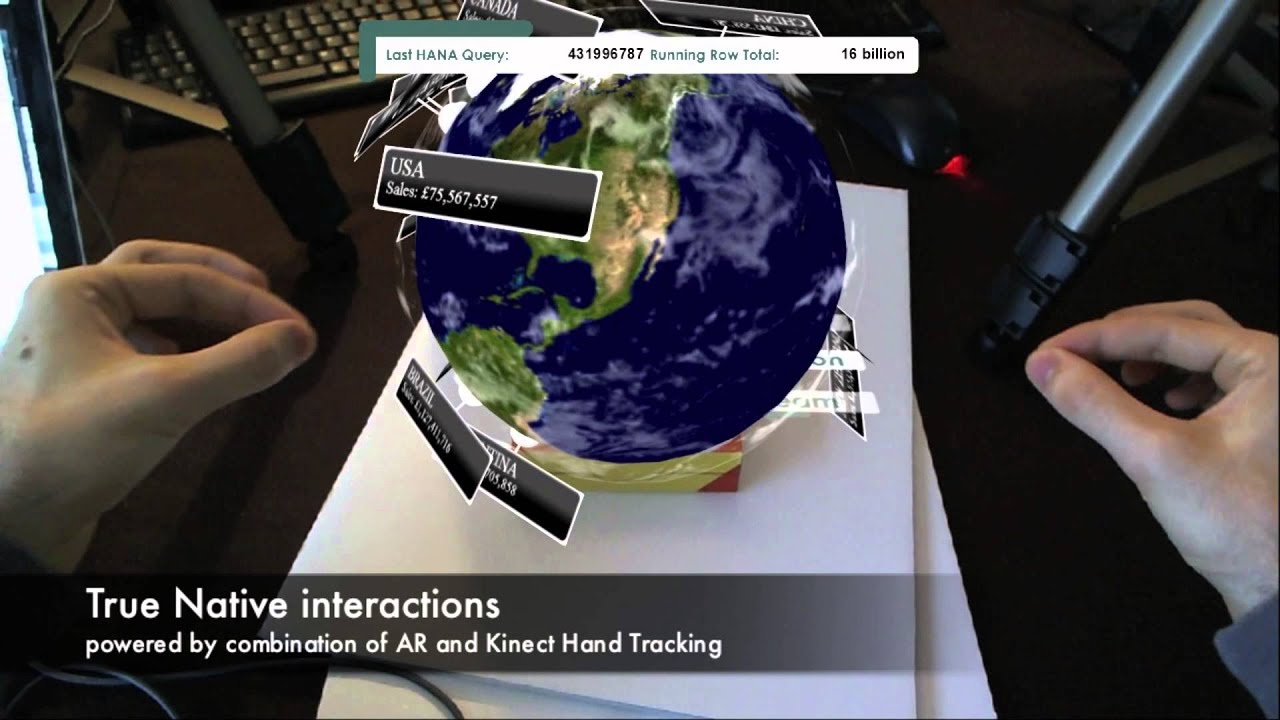
virtual content interacts
with the real world
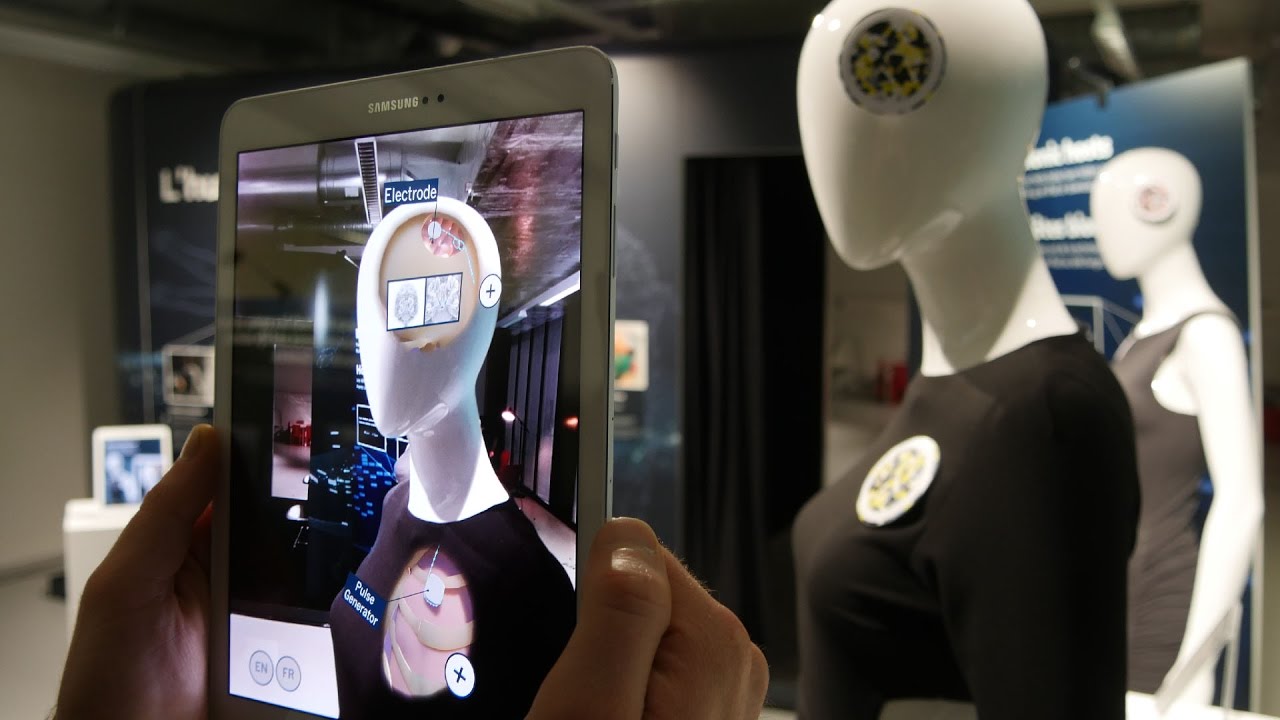
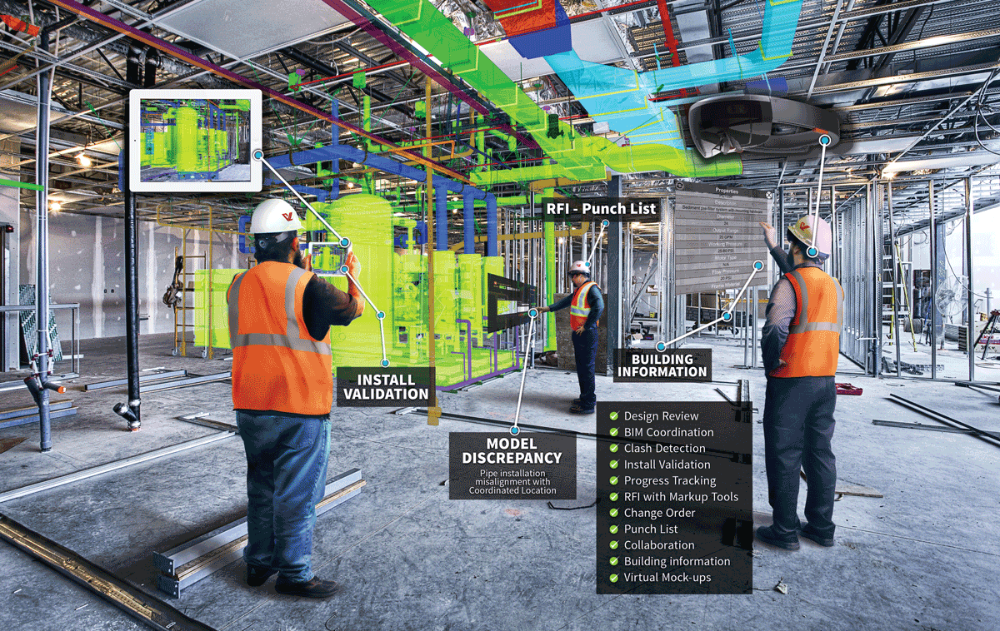
in the physical space you are currently in

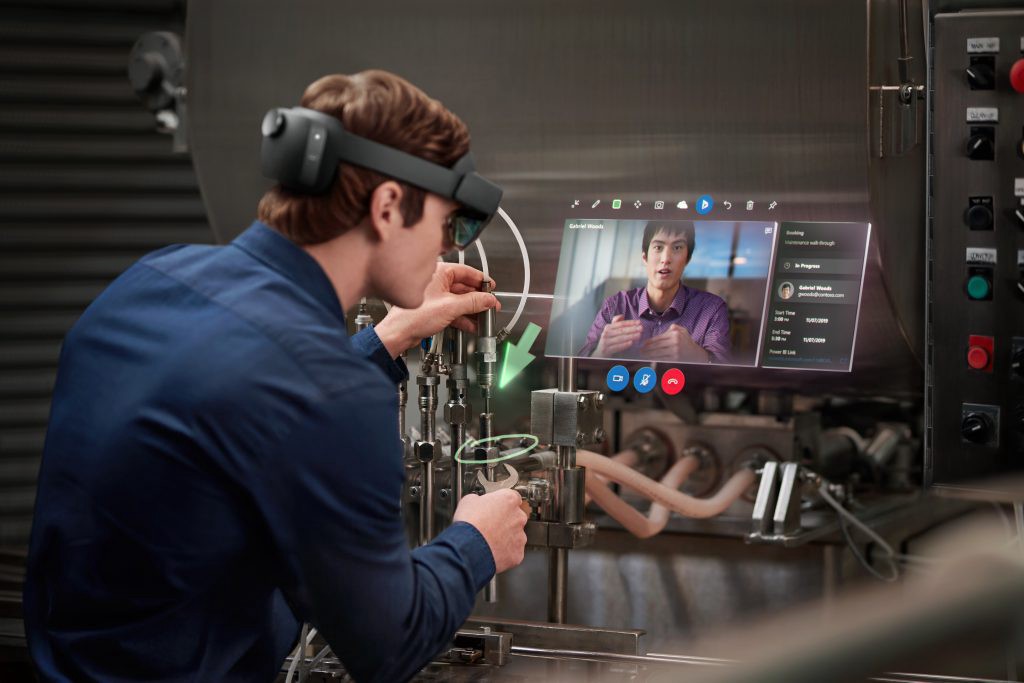
contextual digital overlay

experts: what is VR?
fully synthetic

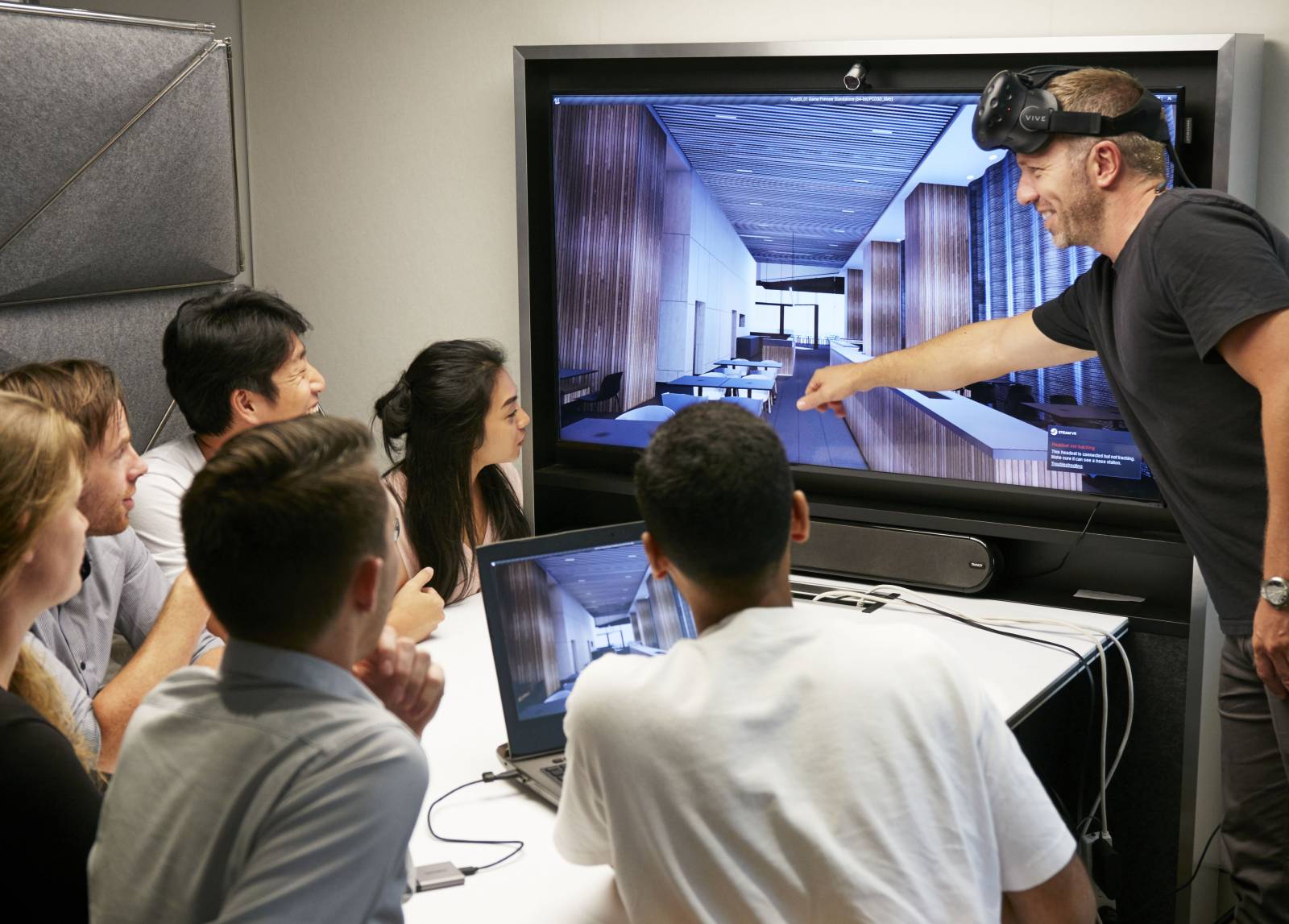
fully immersive
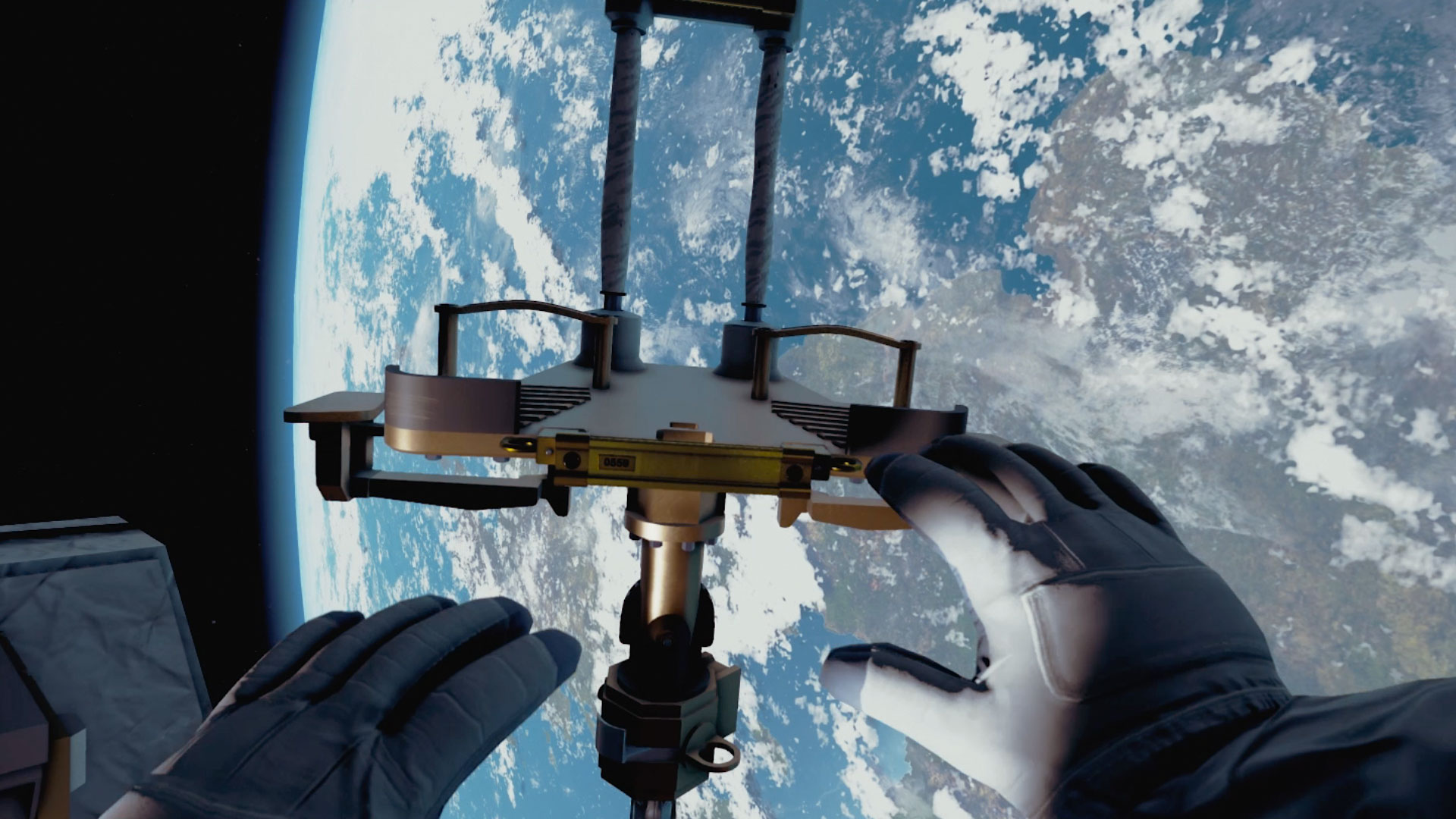
necessity of head tracking
isolated user
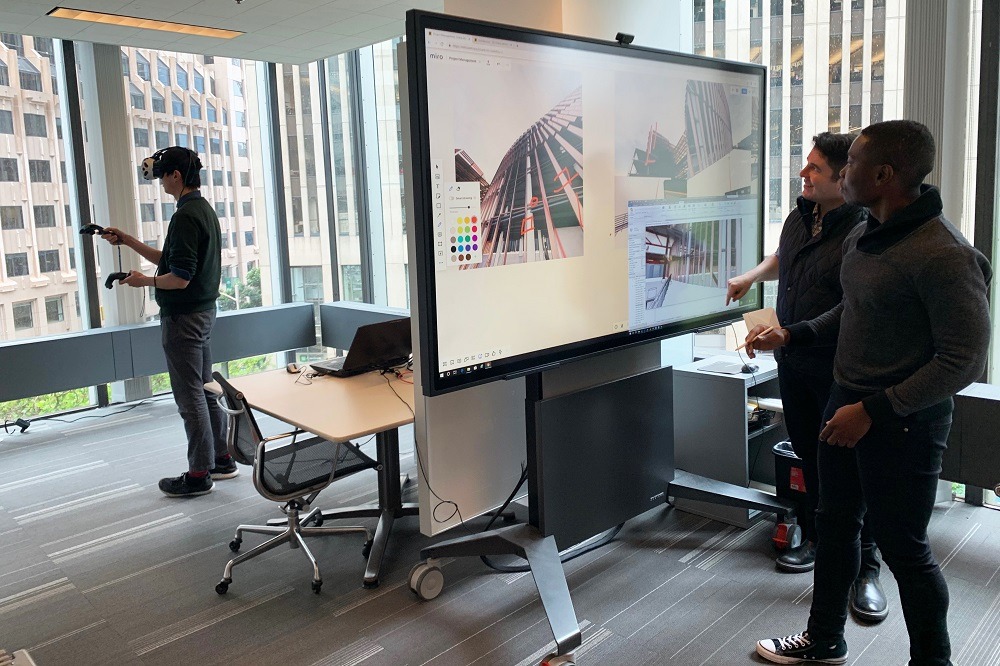
ability to visit remote places

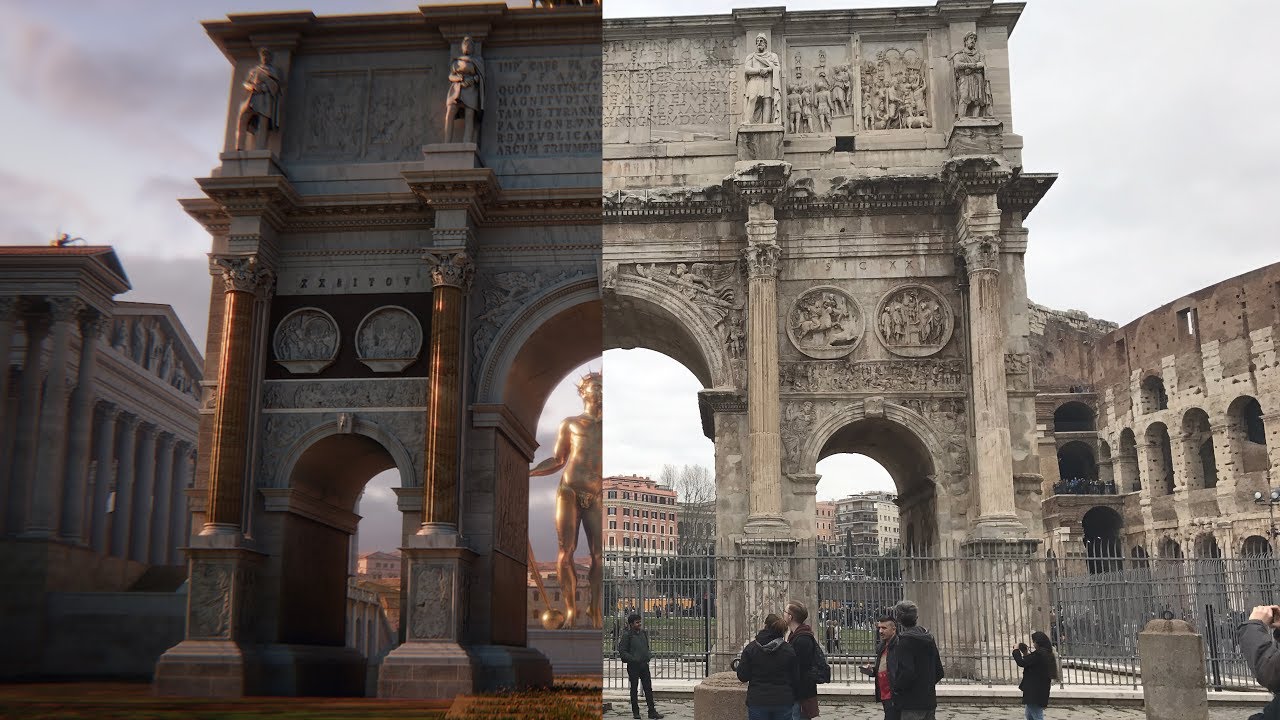
experts: what is MR?
everything in the continuum
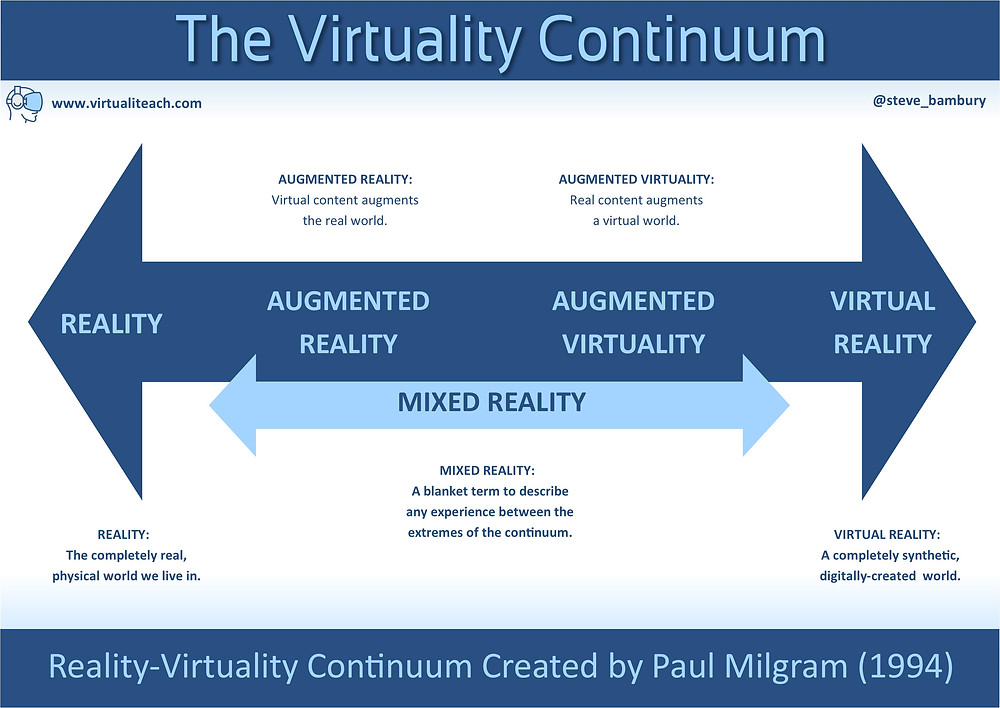
"strong" AR

AR + full immersion
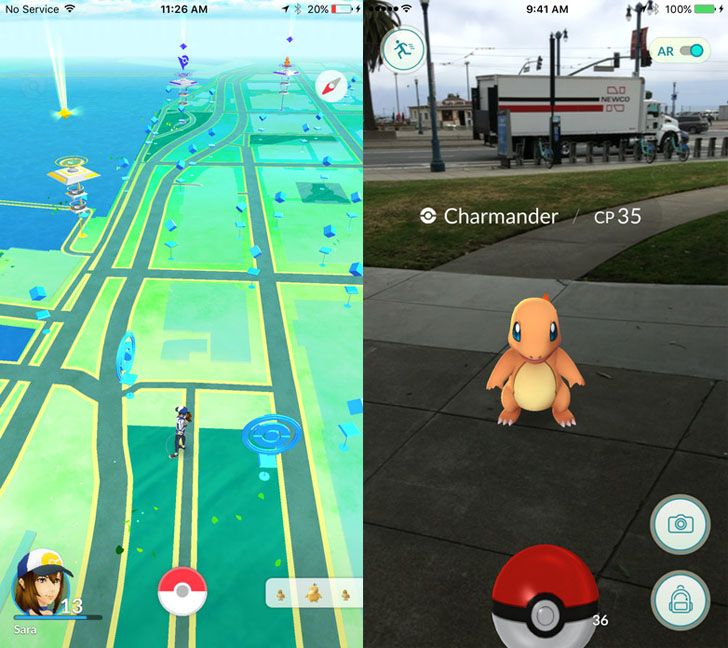
realities that are mixed
in a state of transition
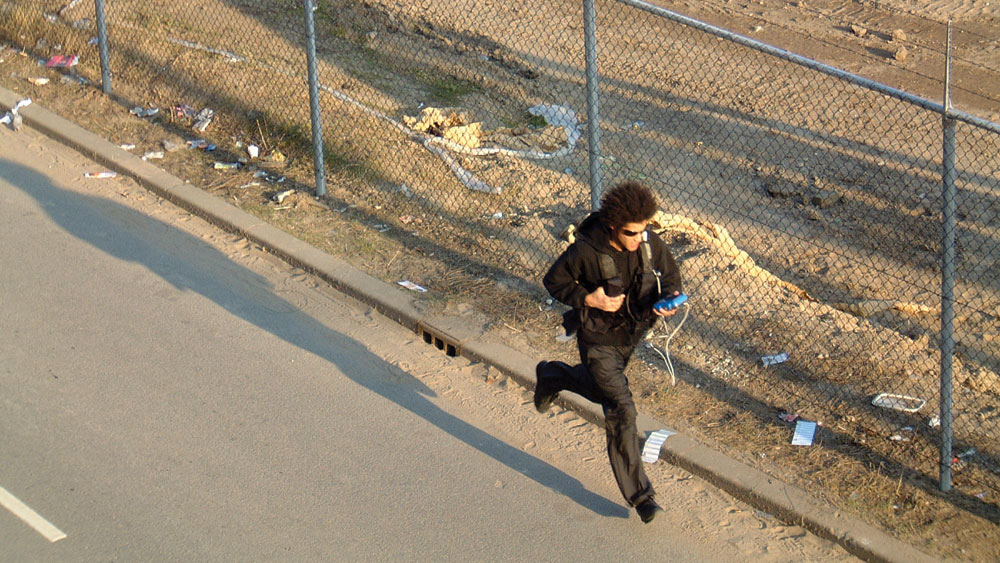
experts: is it MR?
listening to music
most say no
no visual
lack of spatial aspect
does not react to the environment
some undecided
state of mind, carried away
tilt brush
tilt brush + hands
most said it is VR
no part of physical world is visible
motion input for interacting with VR
MR because interaction is visible
super mario bros
virtual mario controlled by physical controller
unanimously not MR
missing spatial aspect
if this in MR, everything is
MR if mario standing in the room
core requirements of MR
spatial registration
physical environment visible
simple input is not sufficient
existing notions of MR
themes
notions of MR
not mutually exclusive
overlaps exist
continuum
traditional notion
mix of real and virtual in single display
augmented reality or augmented virtuality
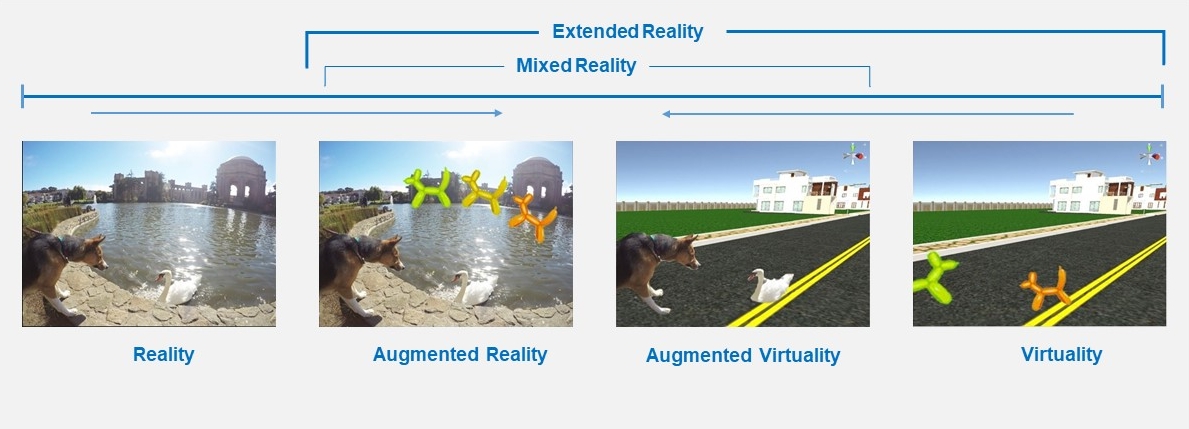
synonym
MR as a synonym for AR
interchangeable terminology
MR defined in context of AR
collaboration
interaction between AR and VR users
physically separated
mapping of spaces

combination
MR as a combination of AR and VR
distinct parts that are not tightly integrated
switch between AR and VR
alignment
alignment of environments
synchronization between physical and virtual
distinct physical and virtual parts
strong AR
stronger version of AR
advanced environmental understanding
interaction
conceptual framework for MR
dimensions
not one definition
derived from analyzing differences in notions
five dimensions
number of environments
number of physical and virtual environments
co-presence and collaboration
options: one or many
number of users
how many required
collaboration
options: one or many
level of immersion
how immersed users feel on digital content
not linear relationship with virtuality
head-worn display not always immersive
options: not, partly, or fully
level of virtuality
how much digital content the user perceives
VR is fully virtual for visual
reality-virtuality continuum
options: not, partly, or fully
degree of interaction
implicit and explicit
implicit: sensed movements
all MR requires implicit
explicit: intentionally providing input
not GUIs separate from MR scene
options: implicit, explicit
input
input to inform MR experiences
motion, location, sensing
output
output to user senses
change their perception
heavily visual in many examples
audio, haptics, taste, and smell
temperature, balance, and others
questions?
reading for next class
Tangible Bits?
Hiroshi Ishii and Brygg Ullmer